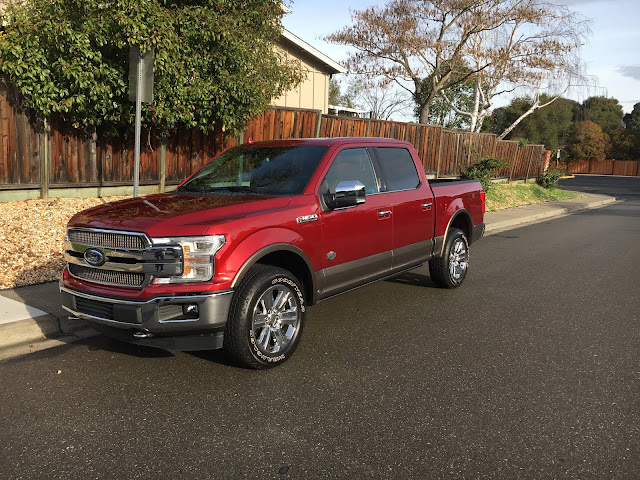Last summer I had a Kona N for a week. It blew me away. It was a young man's dream. Alas as of this date there is no Kona N. I suspect that there just wasn't the demand for a SUV rocket ship. Kids don't want a SUV and there aren't enough mature adults who want a race car as a daily driver.
But don't despair, Hyundai has what I would call a N-Lite (they call it N Line). Same sensible size, same good looks, a little bit bigger, but just not as much power. Well okay a lot less power.
Whereas the '23 Kona N had 286 hp, the '24 N Line gets by with 190. Instead of lamenting the lost power I decided to celebrate the increased power over the base Kona (147 hp).
The Kona N Line is powered by a 1.6-liter, turbocharged 4-cylinder. It's 190 hp is coupled with 195 lb-ft of torque, all with regular unleaded fuel. An 8-speed automatic transmission sends the power out to all four wheels.
The Kona N Line is not a rocket but it's no slouch either. Zero to 60 comes up in 7.5 seconds. More important to me, and probably a majority of drivers, is the fuel economy. EPA rating is 24-mpg in the city, and 29-mpg on the highway. I did not see 24 around town but I easily topped the highway figure - I got 32-mpg. Overall I was more than satisfied with the power and economy.
As I said, the '24 is slightly larger than the '23; it is 172.6" long (versus 165.9"), 71.9" wide (one inch wider), and 63.4" tall (versus 61.6"). It is a tad more than 100 lbs. heavier. I never really noticed the extra room although it appears that most of the extra length is in the cargo area.
The controls and gauges are all pretty easy to use. The only control I had a bit of a problem with was the gear shift lever. You can barely see it peeking out under the right crossbar of the steering wheel. To change gears you twist the end (down for reverse, and up for drive. There's a button on the end for Park, and paddle shifters should you decide you need to shift for yourself. I got used to it. There are three shift programs Normal, Snow, and Sport.
The center stack if straightforward. There are two knobs for the sound system, the climate control is right there - I left it in automatic except when I needed a fast defrost of the windshield. All the power ports were right out in the open. There is a wireless charge in the little cubby where my glasses' case is.
The seats were comfortable and supportive, and they looked good. The whole interior had the look and feel of a more expensive vehicle.
One of the main reasons for buying an SUV, any SUV, is the Utility part, the storage. There is 25.5 cu. ft. of storage with the rear seats up, and 63.7 with the seats down. That should be enough for a family of four.
There are four trim levels for the Kona; the base SE FWD starts at $24,100, the SEL at $25,450, N Line at $30,650, and Limited at $31,650. All Wheel Drive adds $1,500 to the price.
There is a bunch of safety tech stuff that you will almost never notice. That's the way tech should be, there when you need it but but not intrusive.
I have no problem recommending the '24 Hyundai Kona N Line AWD, or any Hyundai for that matter. About the worst thing I can say about a Hyundai is I don't like the emblem.










Comments